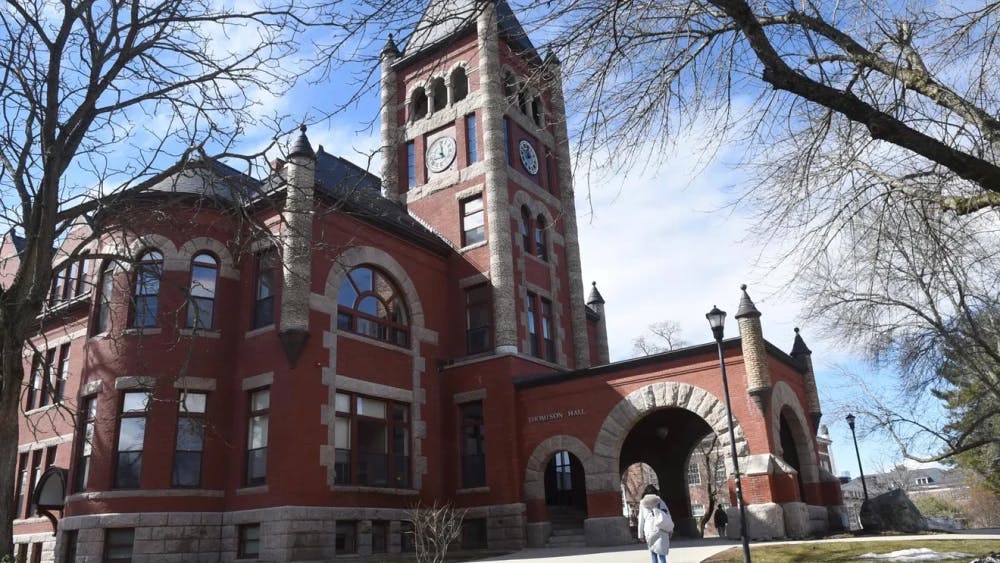
The town of Durham and UNH recently launched an interactive tool that will allow the community to track crime trends, violations and arrests.
The geospatial crime map debuted on the university website just prior to the March 18 Durham town newsletter, where Town Administrator Todd Selig announced the project.
Selig cited a joint task force between the Durham Police Department, UNH Police Department, UNH dean of students and the UNH technology staff. Selig specifically noted the efforts of UNH Police Chief Paul Dean and Durham Police Chief David Kurz.
The tool presents users with a Durham town map, and more specifically, the UNH campus. Users are able to zoom in and out, selecting specific locations that are marked with an incident. When users click on the incident, they can find information on the violation or arrest, including the date and time, address and which departments responded.
“I knew that many [people] at UNH and in the Durham community would be interested in seeing the patterns and trends of arrests in this jurisdiction over time,” Dean of Students John Kirkpatrick said. “We thought that displaying it in an open-access environment would be the optimal way to get information out to those who wanted it whenever they needed it. I hope that students, faculty and staff find it useful.”
Kirkpatrick had earlier experience with geospatial mapping crime data, as a research unit he worked for ten years ago in New Hampshire trained criminal justice professionals in these types of applications. He said Michael Routhier, program coordinator of UNH’s geospatial science graduate certificate program, jumped at the chance to work on the crime map project.
Durham Police Chief David Kurz said that while the department has “more than a grasp” on where the criminal acts are occurring, the visual aspect of the project helps when it comes “assigning officers, creating bicycle patrol and offering insight for a variety of personnel allocations.”
“In this day of police transparency, having statistics like this available to the public is also an important attribute of the initiative,” Kurz said.
Incidents from the last two months range from property crime to assault to breaking and entering. The map allows users to identify trends and patterns. Law enforcement officials may utilize the map to best strategize with campus and town crime.
The map also gives users the option to submit crime tips.
Follow Hadley on Twitter
@hbarndollar













